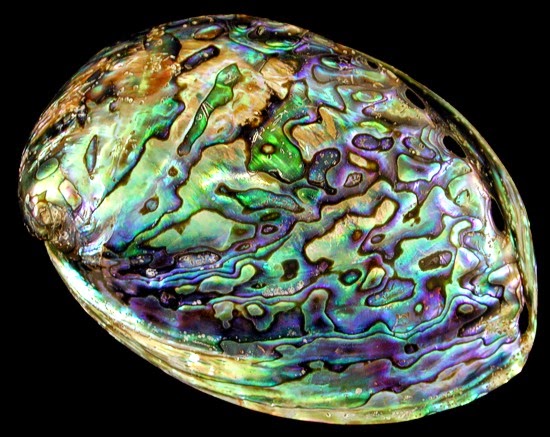7 Reasons to Study Sea Shells!
Any scientist will understand the frustration of continuously
justifying their job. Sometimes (apparently) it’s not obvious why we do what we
do. I regularly get asked… Why shells? Why clams? Why Antarctica? And recently I
got thinking I need some simple, yet powerful, answers to these questions. So
this is the start. Why study shells?
1.) Curious Beauty
For thousands of years humans have been captivated by the
beauty of shells. Anybody who has spent time on the seashore has experienced the
thrill of finding a beautiful empty shell and treasuring it forever. Studying
how these beautiful structures are made is interesting… surely that’s not too difficult
to understand?
 |
| Shiny abalone shell...So pretty!! |
2.) Food Security
The human population is growing rapidly and it needs a
sustainable source of protein. Shellfish could be the answer. Shellfish
aquaculture is one of the fastest growing food production industries in the
world; but the economic expansion of the sector is constrained by shell damage
and disease. If we can understand how to promote healthy shells, shellfish
aquaculture will be more efficient, profitable and sustainable.
 |
| Mussels are sustainable, inexpensive and incredibly tasty! |
3.) Ecosystem Services
Shellfish are not just important as a food source for humans,
they are also crucial in global ecosystem functioning. There are over 80,000
different species of molluscs on the planet, the majority of which possess a
shell. Each different species plays its own role in maintaining different ecosystem
services. For example clams which bury into ocean sediments help to mix water
and nutrients from the open water above, into the sediment which they live in;
this important process is known as bentho-pelagic coupling.
 |
| NOAA's info-graphic on the ecosystem services of just one species of oyster |
4.) Making New Stuff
Shell is made of an incredibly abundant material – calcium carbonate.
And shell is very strong. If we can understand how shell is made then we can
apply the knowledge to make smart new materials for society.
5.) Climate Change and Conservation
Hopefully you’re not surprised to hear that our climate is
changing. Us humans are pumping too much carbon dioxide into the atmosphere
which is having two main effects on our oceans: 1.) warming it up and 2.)
making it more acidic (very briefly, CO2 dissolves into the ocean as
carbonic acid). Both effects are happening quicker than ever before and it’s
unsure if animals will be able to adapt soon enough to survive. Warm acidic
water is likely to make life difficult for animals with a shell. In order to
predict how shellfish will respond to change we need to understand how they
work, and specifically we need to understand how shells are made.
 |
| Photos of sea butterfly (pteropod) shell dissolving over 45days in carbon dioxide acidified seawater. Photo credit:
David Littschwager/National Geographic Society
|
6.) Amazing Diversity
The diversity of shells found both living on our planet
today, and in the fossil record, is amazing! From pole to pole animals are
making all sorts of different shells: huge ones, tiny ones, intricate ones,
simple ones. The possibilities seem endless. But there are so many unanswered
questions about all these shells. Do different animals build their shells in
the same way? And if they do, how has such amazing diversity been created?
 |
| The Muricidae family contains over 1,500 species of sea snail - all with unique shells. |
7.) Cool Stuff
You should be convinced by now that shells are awesome! And
important. If not then here are a few cool shells to get you hooked!
 | ||||||||||||||
| There is a species of clam called the disco clam! The so called disco clam gets it's name from flashing lights to scare off predators. |
 |
| Apparently shells make great hair accessories... |
 |
| Even our 500,000 year-old ancestors (Homo erectus) were into shells! They used them for tools and to doodle on! |


Awesome website with awesome articles keeps up the good work.UK Thesis Writing
ReplyDeleteThis has been the most exciting season that I have got to know from this post and now I am watching it. I was really not having idea that it has been the most entertaining thing.
ReplyDeleteadmission essay writing services
research paper editing
This Post is fantastic. I always find great knowledge from your blogs. Thanks a lot for sharing this valuable information with us!
ReplyDelete